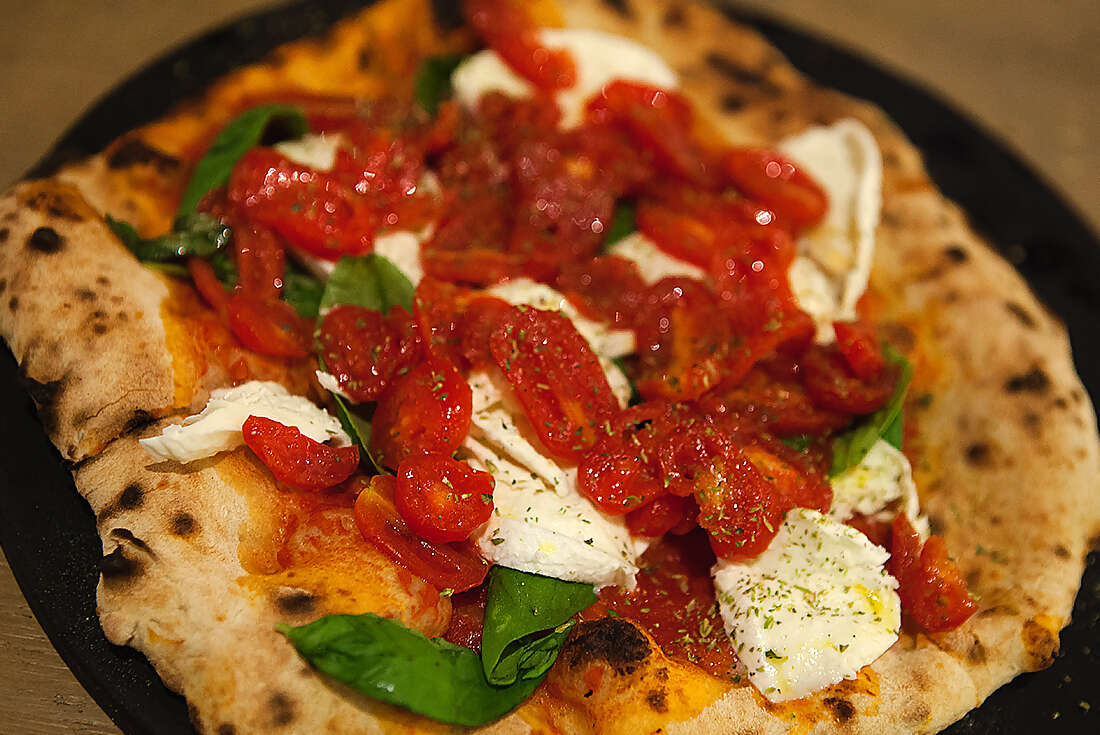 Travel from Zanzibar to Cape Town through amazing African vistas. Sample the exotic flavours of Spice Island, relax on Kande Beach at Lake Malawi, glide through the Okavango Delta by canoe and keep your eyes peeled for elephants, hippos, crocodiles and lions. This incredible adventure will change the way you see the world.
Travel from Zanzibar to Cape Town through amazing African vistas. Sample the exotic flavours of Spice Island, relax on Kande Beach at Lake Malawi, glide through the Okavango Delta by canoe and keep your eyes peeled for elephants, hippos, crocodiles and lions. This incredible adventure will change the way you see the world.Highlights
Chill out on the northern beaches of Zanzibar enjoying white sand and sparkling blue sea of the Indian Ocean
Explore the bustling cities of Lusaka and Harare
Enjoy the many optional activities on offer at South Luangwa National Park
Feel the power of mighty Victoria Falls from the Zimbabwe viewpoint
Camp out in the lush Okavango Delta and enjoy mokoro rides and bushwalks
Learn about the hunter-gatherer traditions of the San people outside of Grootfontein
Visit the breathtaking Fish River Canyon for remarkable photographic opportunities







- You will visit the following places:
-

Harare
Harare (officially called Salisbury until 1982) is the capital and most populous city of Zimbabwe. Situated in the north-east of the country in the heart of historic Mashonaland, the city. The city was founded in 1890 by the Pioneer Column, a small military force in the service of the British South Africa Company, and named Fort Salisbury after the British Prime Minister Lord Salisbury. Salisbury was thereafter the seat of the Southern Rhodesian (later Rhodesian) government and, between 1953 and 1963, the capital of the Central African Federation. It retained the name Salisbury until 1982, when it was renamed Harare on the second anniversary of Zimbabwean independence. Harare is Zimbabwe's leading financial, commercial, and communications centre, and a trade centre for tobacco, maize, cotton, and citrus fruits. Manufactured goods include textiles, steel and chemicals, and gold is mined in the area. The city's suburbs include Borrowdale, Mount Pleasant and Avondale; the most affluent neighbourhoods are to the north. The University of Zimbabwe, the country's oldest university (founded in 1952), is situated in Mount Pleasant, about 6 km (3.7 mi) north of the city centre. Harare is home to the country's main Test cricket ground, Harare Sports Club, and to Dynamos F.C., Zimbabwe's most successful association football team.
-

Selborne Park
Bulawayo is the second-largest city in Zimbabwe after the capital Harare. Located in Matabeleland, colloquially the city is also known by various names, these being the 'City of Kings', 'Skies', 'Bluez', 'Bulliesberg' or 'KoNtuthu ziyathunqa' – a isiNdebele phrase for "a place that continually exudes smoke". This name arose from the city's historically large industrial base. The majority of the Bulawayo's population belongs to the Ndebele ethnic and language group. For a long time in Zimbabwe's history Bulawayo was regarded as the industrial centre of Zimbabwe and the city served as the hub to the country's rail network with the National Railways of Zimbabwe headquartered there because of its strategic position near Botswana and South Africa. It is the nearest large city to Hwange National Park, Matobo National Park and Victoria Falls.
-

Cape Town
The City of Cape Town is the metropolitan municipality which governs the city of Cape Town, South Africa and its suburbs and exurbs. The city is famous for its harbour, for its natural setting in the Cape Floristic Region, as well as for such well-known landmarks as Table Mountain and Cape Point. As of 2014, it is the 10th most populous city in Africa and home to 64% of the Western Cape's population. It is one of the most multicultural cities in the world, reflecting its role as a major destination for immigrants and expatriates to South Africa. The city was named the World Design Capital for 2014 by the International Council of Societies of Industrial Design. In 2014, Cape Town was named the best place in the world to visit by both The New York Times and The Telegraph.